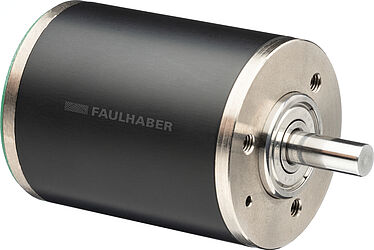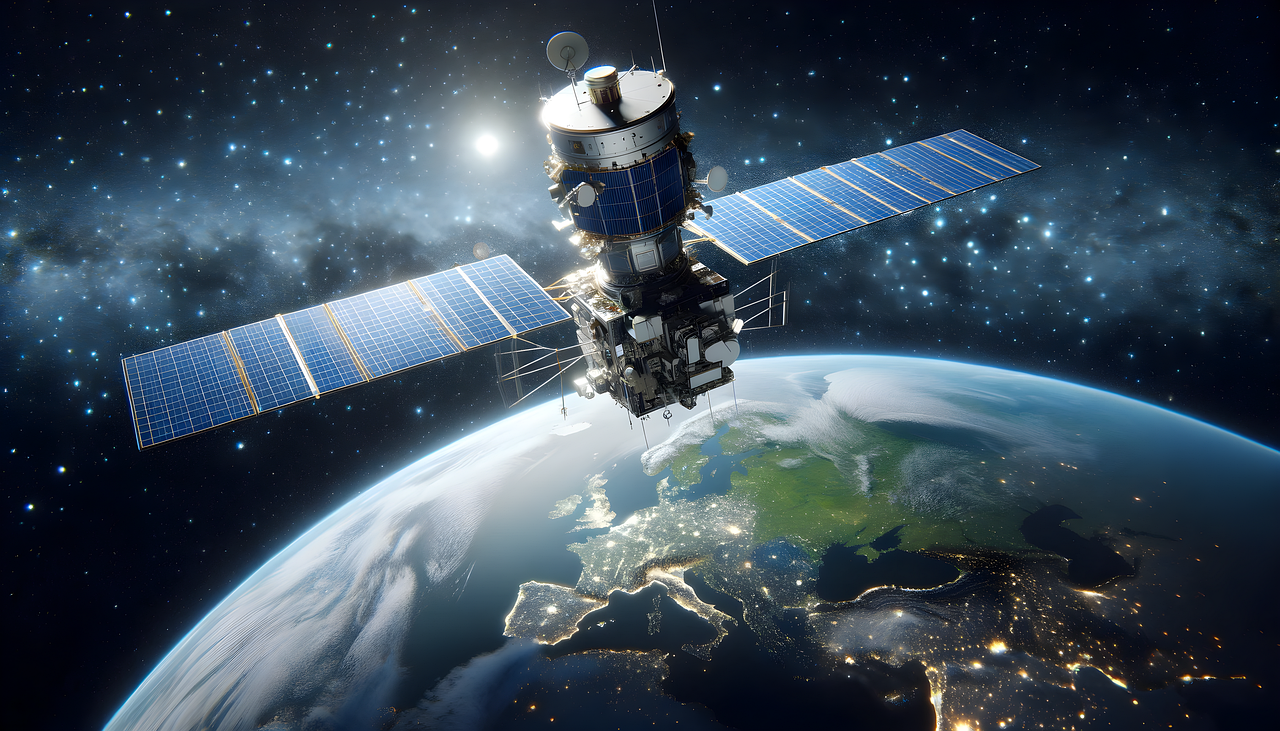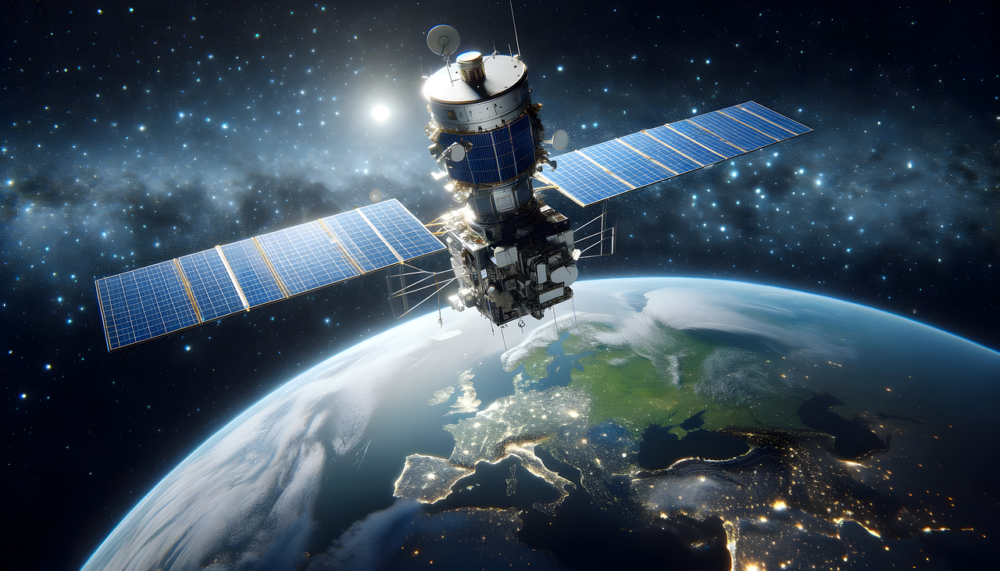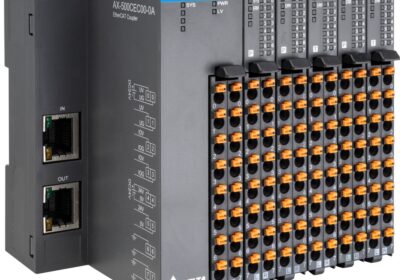~ Here’s how advanced motor technology is helping to power the fight ~
In February 2024, global temperatures surpassed 1.5 degrees Celsius for the first time on record. With climate scientists warning our window to act is “rapidly shrinking”, pressure is mounting on governments world-wide to find new cutting-edge solutions to mitigate climate change. Here, Dave Walsha, Director of Sales and Marketing at drive system supplier Electro Mechanical Systems (EMS), explains how environmental monitoring satellites could be just that solution.
From 11 to 22 November 2024, world leaders and organisations met in Baku, Azerbaijan, for the 29th session of the Conference of the Parties to the United Nations Convention on Climate Change — or COP29.
Two interlinked pillars upheld this year’s conference: to enhance ambition and to enable action through increasing investment in climate action projects. Through this framework, the conference aims to achieve rapid and sustained emissions reduction, lowering global temperatures.
In contrast, last year’s COP28 focused on “transforming our current course” through supercharged solutions. In this vein, much attention was paid to the growing potential of environmental monitoring satellites to transform our knowledge of and approach to mitigating and monitoring the effects of climate change.
During the conference, NASA, the European Space Agency, the UAE’s satellite solutions provider, Yahsat, and Space4Climate, in partnership with the UK Space Agency, all provided evidence of the benefit of environmental monitoring satellites for guiding nations’ emission reduction strategies.
Following the progress made at COP28 and in line with COP29’s focus of enabling ambition, environmental monitoring satellites took a more central role during the annual COP session of the Subsidiary Body for Scientific and Technological Advice (SBSTA 61).
The future of climate data collection
Satellites use remote sensing to capture data samples emitted through electromagnetic radiation and reflected from the Earth’s environments, providing precise, timely data and high-resolution imagery, that can be used to support proactive climate action.
Over 50 per cent of climate variables can be measured from space. Sensors, such as Active Synthetic Aperture Radar (SAR) and Hyperspectral, can collect optical data through thick clouds and acquire imagery in hundreds of spectral bands. The Radio Frequency satellite sensors can even identify illegal activities such as unauthorised deforestation or mining while providing key atmospheric data.
However, this technology faces technical hurdles, specifically in terms of component durability, longevity, and energy usage.

Enduring space
Motors are an essential component of a satellite: controlling its position and orientation, deploying its solar panels and antennas, and stabilising its cameras for imaging and sensor readings.
A satellite is launched into space at a speed of at least 25,039 miles per hour and, once in orbit, must balance its velocity with the Earth’s gravity. Throughout this journey, a satellite’s motor endures intense vibration, vacuum, temperature extremes, cosmic radiation and long storage. The smallest fault could cause the satellite to fail. As a result, manufacturers must select the optimal motor during design.

Stepper motors: precision and durability
Stepper motors are designed with multiple stator windings surrounding a toothed rotor. Their stepped movement is achieved through a series of controlled electromagnetic pulses. Each pulse activates specific windings in the stator, creating a magnetic field that pulls the rotor’s teeth into alignment. With each new pulse, the motor moves incrementally rather than continuously rotating.
This motion allows the motor to achieve high torque at low speeds and maintain precise positions, making stepper motors the optimal choice for environmental monitoring satellites that require incremental positioning adjustments for precise sensor orientation.
FAULHABER’s stepper motors, supplied by EMS, range between six and 66 millimetres and one to 125 grams, combining powerful performance and high acceleration speeds with a compact design. This design choice increases the motor’s fuel efficiency, as every kilogram of weight that goes into orbit costs a hundred times its weight in fuel, potentially allowing the satellite to carry out longer missions.
Furthermore, stepper motors can operate under extreme temperatures, cosmic radiation, and outgassing, if modified, without degradation to the motor’s mechanisms, extending the motor’s service life. This capability makes these stepper motors a highly reliable choice.
With global temperatures rising, the urgency for innovative solutions to combat climate change has never been more critical. As COP29 draws to a close, the role of environmental monitoring satellites has gained some actionable momentum. However, for this technology to reach its full potential, it must be supported by reliable, high-performance components to ensure its success.
EMS is the sole UK and Ireland supplier of FAULHABER. For more information about FAULHABER’s stepper motors visit the website.







